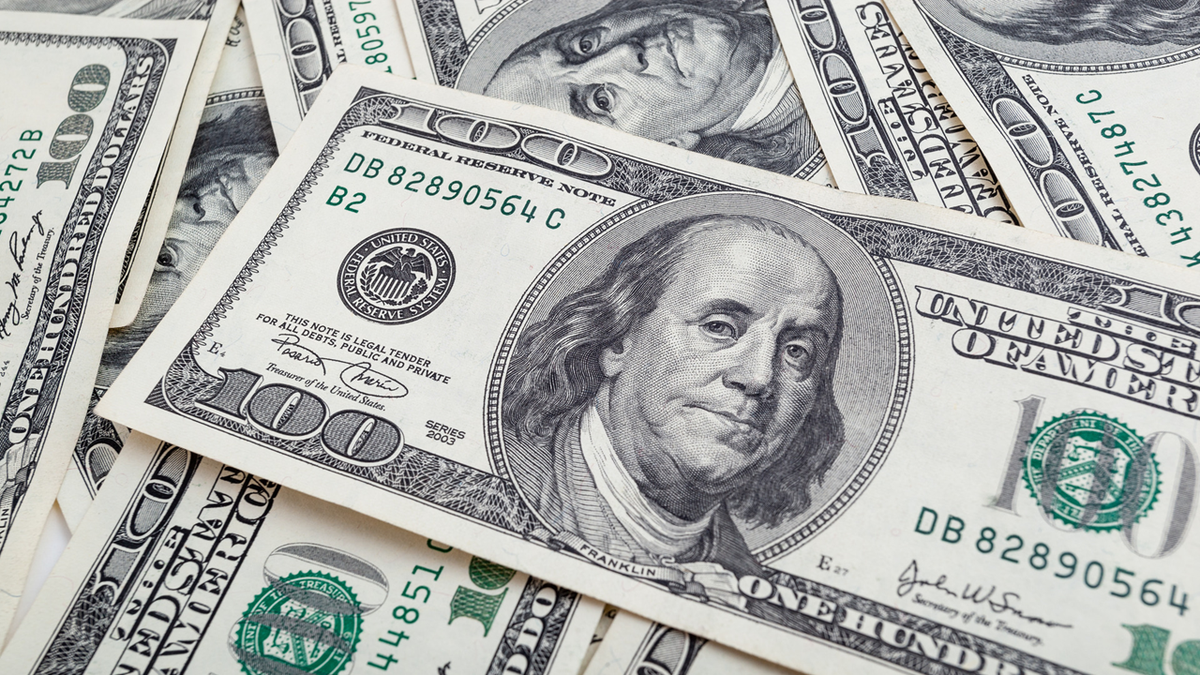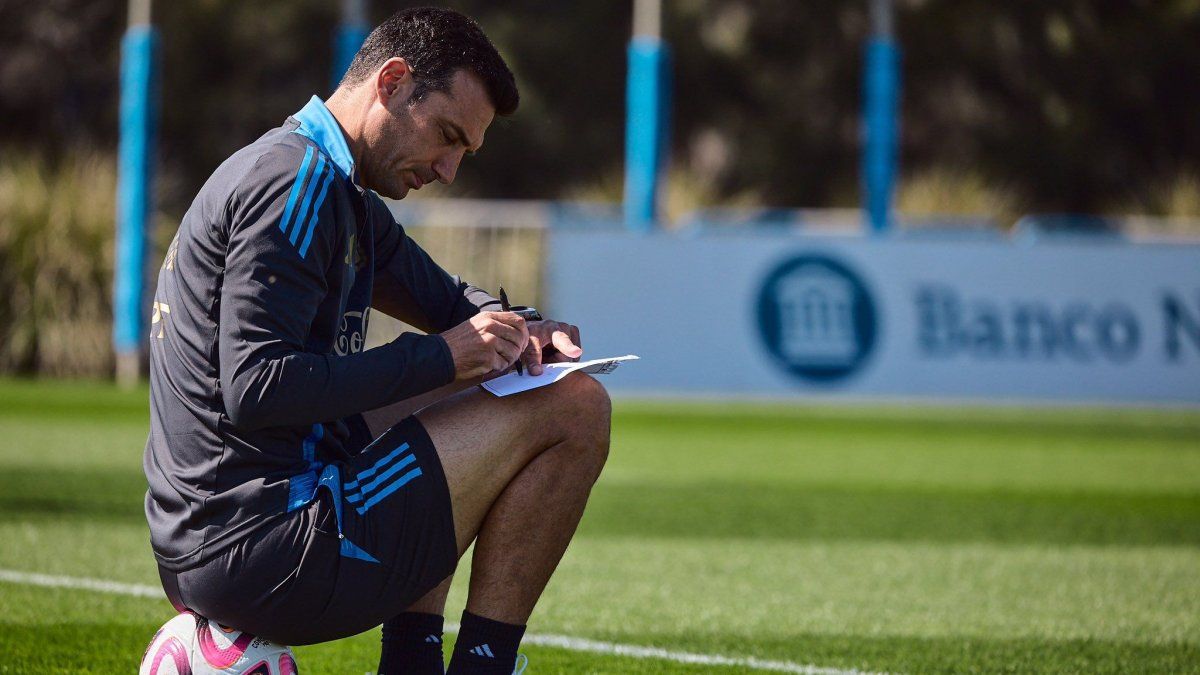With the cheap official dollar, the goods import market was activated and so was the Acquisition of soccer players abroad. And it is that, in a context in which many private capitals are turning towards the business that exists around that sport and in view of the Club World Cup that will be held this year between June and July, which strengthened the transfer market, the leaders take advantage of a favorable exchange rate to “go shopping.”
The clubs will have a very intense 2025, in which they will play the Apertura and Clausura Tournament, the Argentine Cup and the Libertadores. This is why the leadership decided to carry out a strong transfer market, in which they hired big stars to seek to be competitive both locally and internationally. Thus, the two most populous teams in Argentina (River and Boca), incorporated seven players each and spent about US$47 million between them.
It is worth clarifying that, unlike other “big” clubs, Boca and River have strong economies and in recent times they have managed to sell players for large amounts.
A cheap dollar favors the purchase of passes abroad
When asked how much the favorable exchange rate affected the high level of investment made by the clubs, Carlos Maidana, host of the Cinco De Copas podcast and sports journalistresponds to Scope: “In the highest or most resonant contracts, I think What moves the pass book the most these days is a sporting need, which is the proximity of the Club World Cup. They need players for that. However, the exchange rate element this year may be a factor that affects this dynamic.”
He also mentions the fact that There are some changes in the conception of the football business in a context in which the ruling party promotes the creation of Sports Joint Stock Companies (SAD), although it is not yet a valid figure. In this context, he explains that “some clubs, like Boca and River, have higher income than others and Estudiantes have the possibility of raising more funds because they incorporated a foreign investor, Foster Gillett, which gives them extra air”, for example .
For his part, the economist Federico Glustein indicates that “the foreign exchange market is reactivated by the favorable exchange rate for imports of figures“, on the one hand, but he points out that it also helps the fact that contracts can be executed in dollars and are settled at the Cash With Settlement (CCL) exchange rate. Before, many players settled a part of their contract in dollars “cash ” or they were paid via CCL through money transfer operations abroad. “It is a very complex system where, depending on how the contract was executed, the payment method changes,” he says.
Contracts in dollars favor clubs
In the same line, the economist Martín Carro points out that “the evolution of the exchange rate in the last year facilitated the payment of contracts to the players, both national and foreign, and that this can help, in some way, for more figures from abroad to come to Argentina.” He indicates that, although the situation of each club is particular, because it always depends on the income they generate, in the “In most cases, they are in pesos (collection, per ticket, social contributions and television rights) and during the last year they grew much more due to inflation than the evolution of the price of the dollar, which was behind in real terms.”
This way, The late exchange rate is favorable on several sides for the football market at this time and, without a doubt, in the transfer market it was felt in some way with a revitalization of the business. It is worth mentioning, on the other hand, that this is not free for the Central Bank (BCRA) and Argentine international reserves.
And it is that, although Clubs that have accounts abroad can cancel transfers and contracts with their own dollars; a large part of the operations are carried out through the official exchange market or via CCL. The backward dollar makes the first option convenient for them. “In relation to the size of the labor market that soccer represents, the part of contracts that are dollarized is large. It has a fairly considerable volume in dollars in the case of Argentina,” says Glustein.
Impact of the football business on BCRA reserves
It is worth mentioning that Player passes from abroad fall into the identification of the BCRA service code category. This type of operations follows a different path than those of goods and the monetary regulator provides a specific procedure for payment.
“It is like the purchase of a good or a service and just as they have the obligation to settle the sale of a player abroad in the official market, when they buy it, they can access the MULC, respecting the payment and settlement deadlines established by the BCRA,” indicates an official source.
However, it is worth mentioning that, because it is a great breeding ground for players in the world, Argentina has a surplus in the buying and selling of soccer players: It brings in less than it sells abroad, so it is a field that can be considered a generator of foreign currency. However, in recent times, the backward exchange rate made it better business to handle contracts in dollars than in pesos for the clubs and that altered the football balance a little (if you can put a name to this trade balance of dollars from the player business).
Source: Ambito



